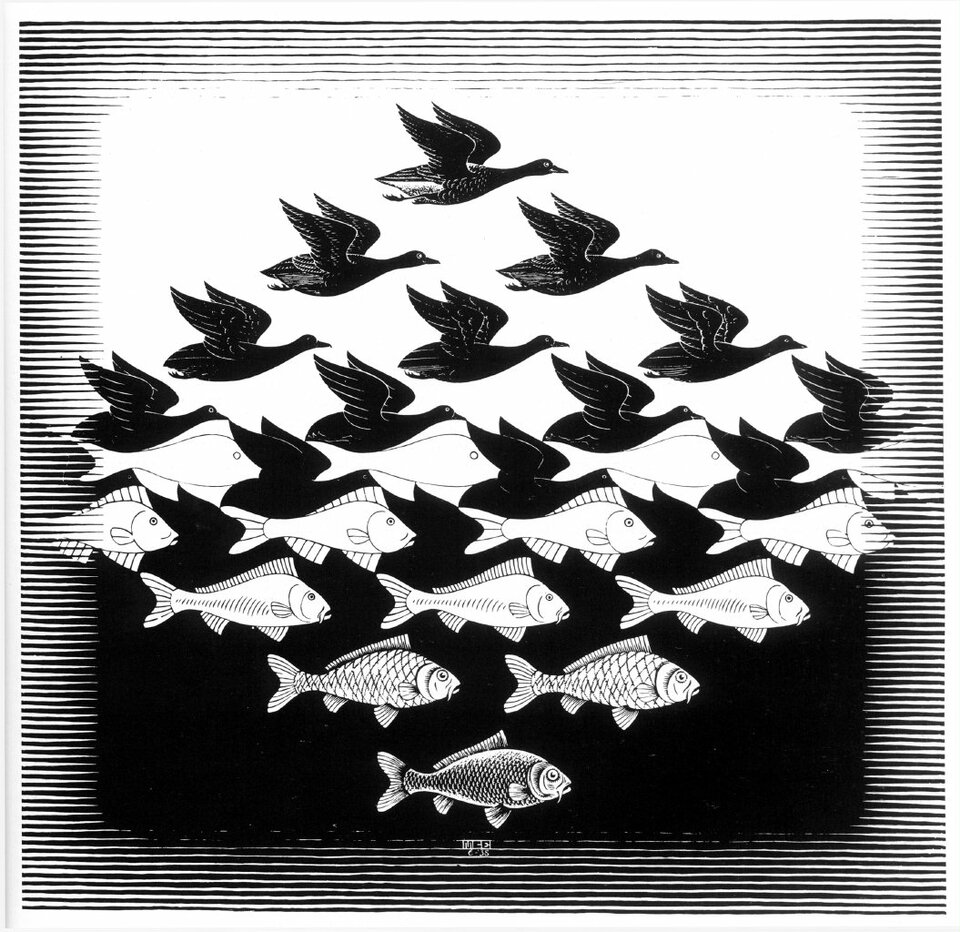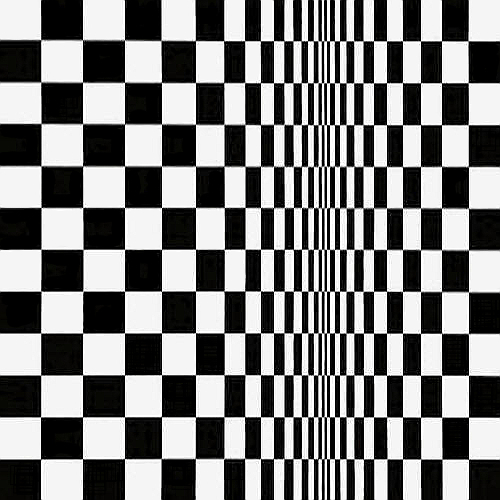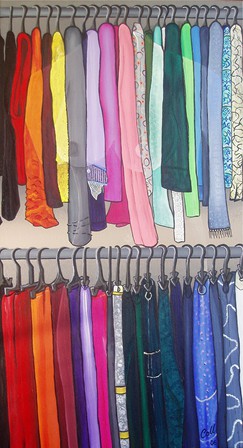Op Art Revealed: the Hypnotic Magic of Visual Deception
Op art, short for Optical Art
Op art is a captivating style of visual art that harnesses the power of optical illusions to mesmerise and engage the viewer. Its origins can be traced back to October 1964, when an article in Time Magazine coined the term "Optical Art." This name was fitting, as Op art is characterised by its illusionary nature, often creating the impression of movement or pulsation through precise and mathematically-based compositions.
The breakthrough for Op art came in 1965 with a groundbreaking exhibition titled "The Responsive Eye." This event captured the public's imagination and ignited a widespread fascination with the Op art movement. Suddenly, Op art started appearing everywhere, permeating various aspects of popular culture. It graced the pages of magazines, adorned television and print advertisements, embellished record album covers, and even found its way into fashion and interior design motifs.
One prominent artist associated with Op art is Bridget Riley. Her contributions to the movement span from achromatic (using only black, white, and grey) to chromatic pieces, yet she has consistently pushed the boundaries of Op art throughout her career.
It's important to note that the pioneering Op artists of the early 1960s did not have the luxury of computers and sophisticated software to create the digital versions we see today. Their original Op art pieces required a meticulous combination of mathematics, planning, and technical skill.
Unlike the instant gratification of AI or computer-generated artwork, these handcrafted creations demanded tremendous effort. They deserved the utmost respect for their craftsmanship and innovation.
So, What are the Key Characteristics that define Op Art?
First and foremost, Op art exists to deceive the eye. Its compositions generate a captivating visual tension that tricks the viewer's mind into perceiving movement. Take, for example, Bridget Riley's Movement in Squares.
If you focus on it for a few seconds, it seems to come alive, dancing and undulating before your very eyes. Logically, you know that Op art is inherently flat and two-dimensional. Yet, your eye communicates to your brain a sense of oscillation, flickering, throbbing, and a myriad of other verbs associated with motion.
Op art relies on critical techniques such as perspective and the careful juxtaposition of colours, whether chromatic (involving identifiable hues) or achromatic (using black, white, and grey). Unlike many other forms of visual art, Op art utilises positive and negative spaces equally, creating a harmonious interplay between light and shadow, presence and absence.
Op art, with its intriguing illusions and dynamic compositions, continues to captivate audiences to this day. While digital advancements have opened up new possibilities, it is essential to recognise and appreciate the foundation laid by the original Op artists who painstakingly crafted these optical masterpieces. The art form's ability to enchant, challenge, and provoke the viewer's perception makes it a truly remarkable and timeless genre in the vast tapestry of artistic expression.
Here are some Artists known for their op art, click on their names to learn a bit more about them and to see their artwork
- Bridget Riley
- Carlos Cruz-Díez
- Julian Stanczak
- Victor Vasarely
- Heinz Mack
- M C Esher who created the main image shown here titled "Sky and Water I" which is a woodcut print first printed in June 1938. The basis of this print is a regular division of the plane consisting of birds and fish. I had a copy of this as a teenager and was absolutely intrigued by it.
This image below is a piece I created titled 'Nothing to Wear' its obviously clothes in a wardrobe but look again. Whats funny is women would see the clothes while men would instantly see the naked female form.
Dont forget to check out other styles of art on my blog such as Abstract Art
Impressionism Art and Surrealism Art
And a piece on the timeline of Art History
Posted: Sunday 16 May 2010


